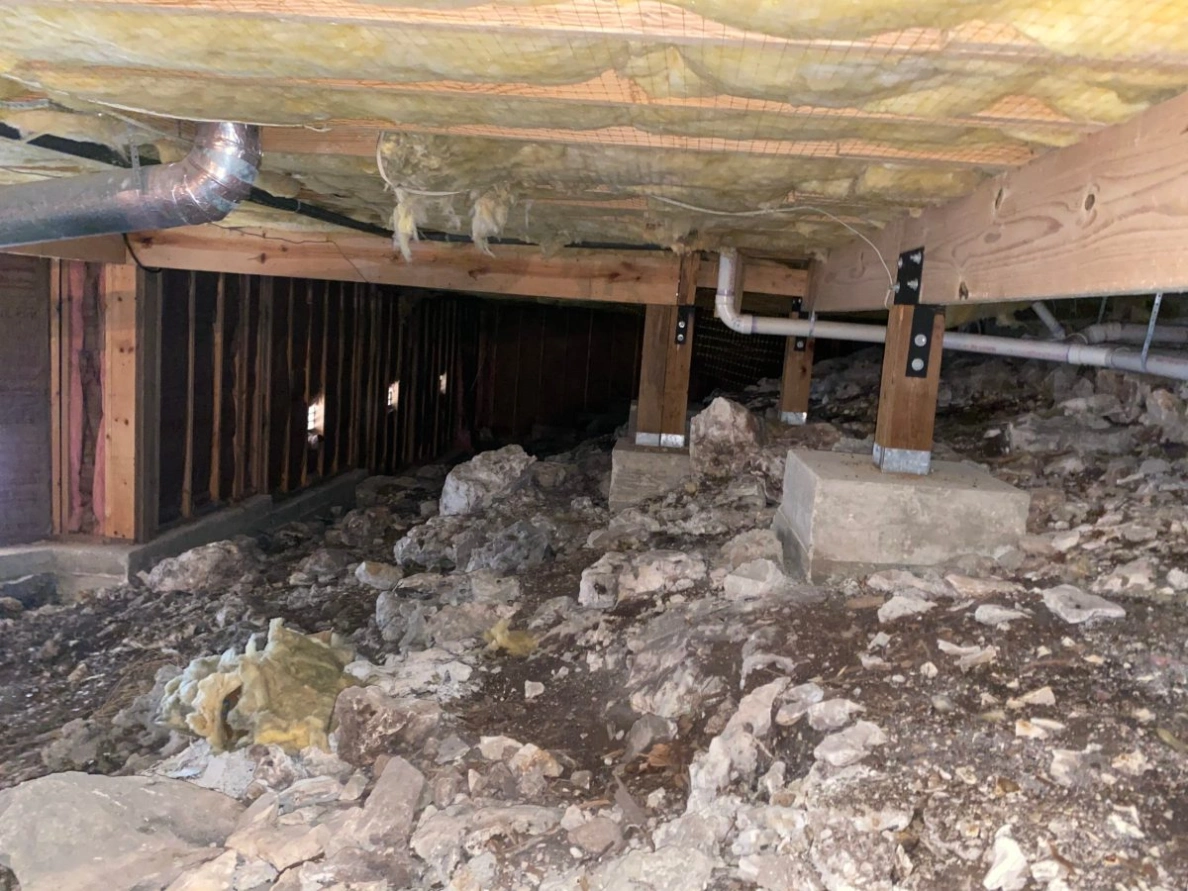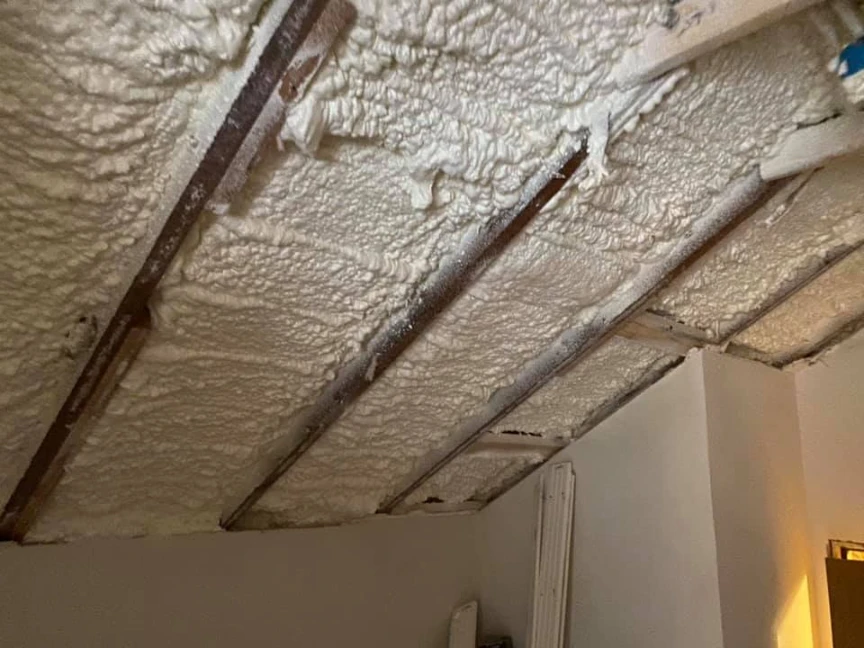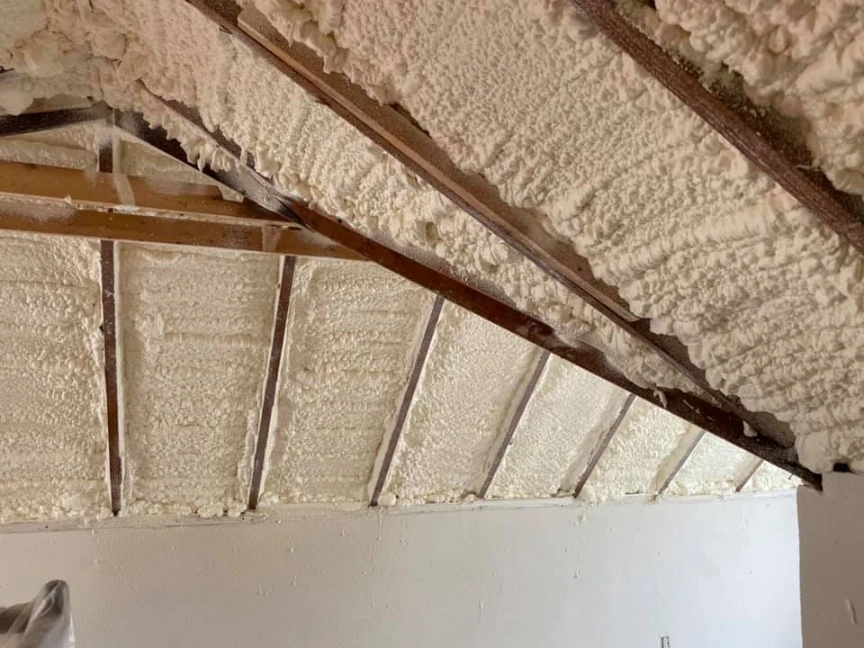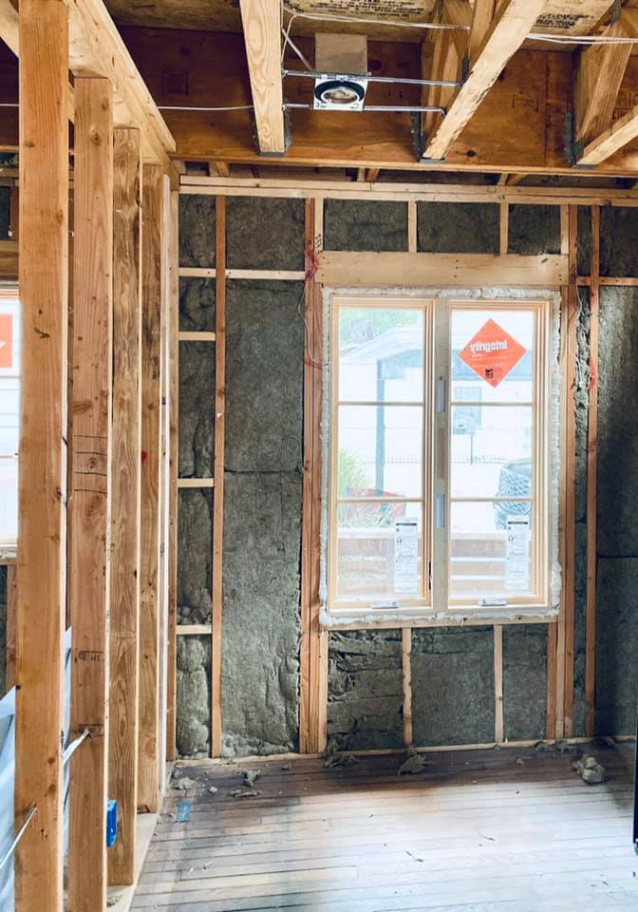Water damage in your crawlspace insulation is a serious problem that can compromise your home’s structural integrity, air quality, and energy efficiency. The most common signs of this issue are visible wetness or stains on the insulation, a persistent musty odor in your home, sagging or falling insulation batts, visible mold or mildew growth, and a sudden spike in your energy bills. Ignoring these indicators can lead to more expensive repairs down the line.
Sign 1 Visible Wetness and Stains
The most direct sign of a problem is seeing damp or dripping insulation. During an inspection, look for dark stains or discoloration on the insulation itself, the paper backing, or the surrounding wooden joists. Fresh water damage will make the insulation feel wet to the touch, while older damage leaves behind tell-tale watermarks and mineral deposits, often appearing as chalky white or yellowish-brown streaks.
Different insulation types react differently. Fiberglass insulation, which is common in crawlspaces, acts like a sponge. It will absorb water, lose its fluffy texture, and become matted down. Spray foam insulation is more resistant, but water can still find its way behind or around it, leaving stains on the wood it’s attached to.
Bonus Tip: Use a moisture meter to get an objective reading. Press the pins into the wooden floor joists and subfloor near the insulation. A reading above 20% indicates a potentially serious moisture issue that needs to be addressed.
Sign 2 Musty Odors and Poor Air Quality
If you notice a damp, earthy smell in your living areas that you can’t trace to a source, your crawlspace is a likely culprit. When insulation gets wet, it becomes a breeding ground for mold and mildew, which release microbial volatile organic compounds (mVOCs) as they grow. These compounds are what produce that distinct musty odor.
Because of a phenomenon known as the “stack effect,” air from your crawlspace naturally rises into the main levels of your home. A report from the U.S. Environmental Protection Agency explains that as warm air exits the upper levels of a house, it creates a vacuum that pulls air up from the lowest levels. This means that up to 50% of the air you breathe on your first floor can originate from the crawlspace. If that air is filled with mold spores and musty smells, it can directly affect your home’s indoor air quality.
Sign 3 Sagging or Falling Insulation
Crawlspace insulation is typically held between the floor joists by friction or support wires. When fiberglass insulation absorbs water, it becomes heavy and dense. This added weight is often too much for its supports, causing the insulation to sag, droop, or fall completely to the crawlspace floor.
Gaps created by sagging insulation allow cold air in the winter and humid air in the summer to come into direct contact with your subfloor. This reduces the insulation’s effectiveness and can lead to uncomfortable drafts and cold spots on the floor above. Fallen insulation also creates a welcoming habitat for pests like rodents and insects, who use the damp material for nesting.
Sign 4 Mold or Mildew Growth
Visible mold is an unmistakable sign that your crawlspace insulation has a moisture problem. Mold can appear in various colors, including black, green, white, or yellow, and it often looks fuzzy, slimy, or powdery. Shine a bright flashlight on the insulation, paper vapor barriers, and the wooden structures around it. Pay close attention to corners and areas around pipes, where moisture is more likely to collect.
According to the U.S. Department of Energy, mold requires moisture, oxygen, and an organic food source to grow, all of which are present in a damp crawlspace with paper-faced insulation. Even if the insulation itself is inorganic fiberglass, the paper backing and any dust or debris trapped in it can provide food for mold.
Common Types of Crawlspace Mold
| Mold Type | Common Appearance | Potential Concerns |
|---|---|---|
| White Mold | Powdery, stringy, or fluffy white patches. | Can be mistaken for efflorescence (salt deposits). Can damage wood over time. |
| Black Mold | Often slimy or sooty; dark green or black. | Can indicate a serious, long-term water issue. Not all black mold is toxic. |
| Green Mold | Fuzzy or velvety; various shades of green. | A broad category of molds, commonly found in damp household areas. |
| Yellow Mold | Typically bright yellow and spongy in appearance. | Often found on wooden surfaces, can cause wood to decay. |
Sign 5 Increased Energy Bills and Cold Floors
Have you noticed your heating or cooling costs creeping up without a clear reason? Compromised crawlspace insulation could be the cause. Insulation works by trapping pockets of air, which slows the transfer of heat. When insulation gets wet, the water fills these air pockets, destroying its insulating ability, a property known as its R-value. As explained by the Building Science Corporation, water conducts heat far more effectively than air, so when it replaces the air in insulation, heat moves through it much more easily.
This process, known as thermal bridging, forces your HVAC system to work much harder to maintain a comfortable temperature, leading directly to higher energy bills. If the floors above your crawlspace feel unusually cold in the winter, it’s a strong sign that the insulation below is no longer doing its job.

Things to Consider Before Making a Decision
Once you’ve identified one or more of these signs, the next step is to assess the situation methodically before you rush to replace your insulation.
- Find the Source of the Water: Simply replacing the insulation without fixing the underlying water problem is a temporary fix. The new material will eventually suffer the same fate. Look for sources like plumbing leaks, foundation cracks, poor exterior grading, or high humidity from uncovered soil.
- Determine the Extent of the Damage: Is the moisture confined to one small area, or is the entire crawlspace affected? The scope of the problem will dictate the solution. A small, localized issue might be manageable, but widespread moisture often requires a professional approach that could include a vapor barrier or dehumidifier.
- Understand Insulation Options: If replacement is necessary, research the best materials for a damp environment. Closed-cell spray foam is an excellent option for crawlspaces because it is waterproof and acts as an air barrier, but it is also more expensive. Other options include rigid foam board or water-resistant mineral wool.
Frequently Asked Questions
Can wet insulation be dried out and reused?
For fiberglass insulation, the answer is almost always no. Once it has been saturated and compressed, it rarely regains its original loft and R-value. More importantly, it is nearly impossible to dry it out completely in a damp crawlspace, making it a prime spot for mold to grow back. It’s safer and more effective to remove and replace it.
How quickly can mold grow on wet insulation?
Under the right conditions, mold can begin to grow within 24 to 48 hours of a water event. The paper facing on many types of insulation provides an ideal food source, so once moisture is introduced, growth can happen fast.
Is fiberglass insulation ruined if it gets slightly damp?
Even a small amount of moisture can significantly reduce the R-value of fiberglass insulation. If it gets damp and then dries out quickly without being compressed, it might recover some effectiveness. However, in the consistently humid environment of a crawlspace, it often stays damp, leading to compaction and mold.
Can a homeowner remove wet insulation by themselves?
While it is possible, it is not always recommended. Wet, moldy insulation can expose you to harmful spores. Proper personal protective equipment (PPE), including a respirator, gloves, and goggles, is essential. The job is also physically demanding and messy. Disposing of the old insulation must also be done according to local regulations.
How much does it cost to replace crawlspace insulation?
The cost varies widely based on the size of the crawlspace, the type of insulation chosen, the extent of the necessary cleanup, and labor rates in your area. Closed-cell spray foam is typically the most expensive material, while fiberglass batts are more budget-friendly. Addressing any underlying water issues will be an additional cost.
Professional Guidance and Support
Recognizing the signs of water-damaged insulation is a critical first step, and acting quickly is key. Regular inspections of your crawlspace, especially after heavy rains, can help you catch issues early before they cause significant damage to your home and health. Dealing with a wet crawlspace can feel overwhelming, and if you have identified any of these warning signs and are unsure of the next steps, getting a professional assessment is a wise decision.
For a thorough inspection and honest crawlspace insulation guide, contact Stellrr Insulation & Spray Foam. You can reach the team by phone at (512) 710-2839 or by email at info@stellrr.com to discuss your specific situation and find a lasting solution.
Sources
- U.S. Environmental Protection Agency – An explanation of the stack effect and its impact on indoor air quality.
- U.S. Department of Energy – Provides information on moisture control strategies and the conditions required for mold growth in homes.
- Building Science Corporation – An article explaining how moisture moves through building materials and impacts thermal performance.





